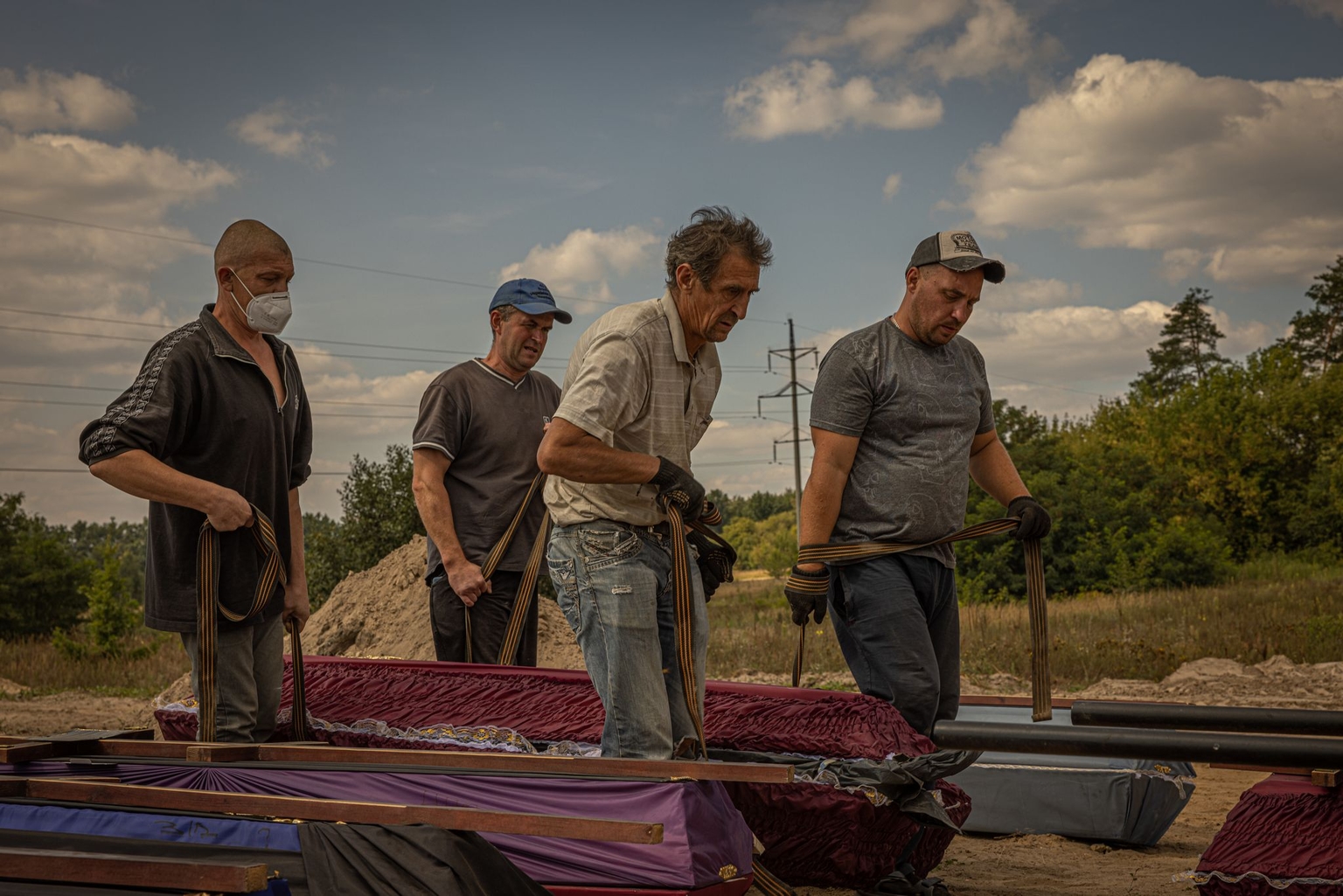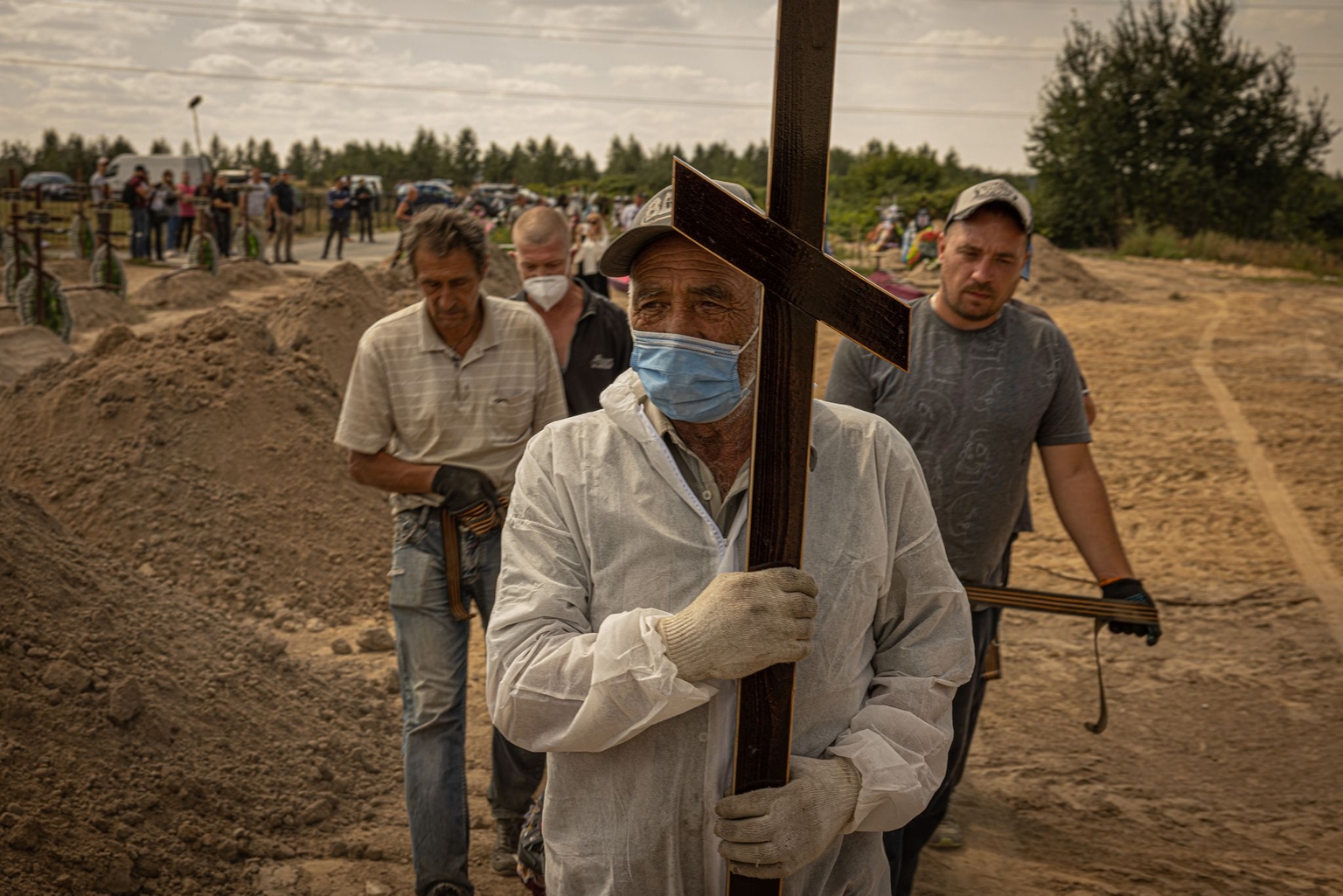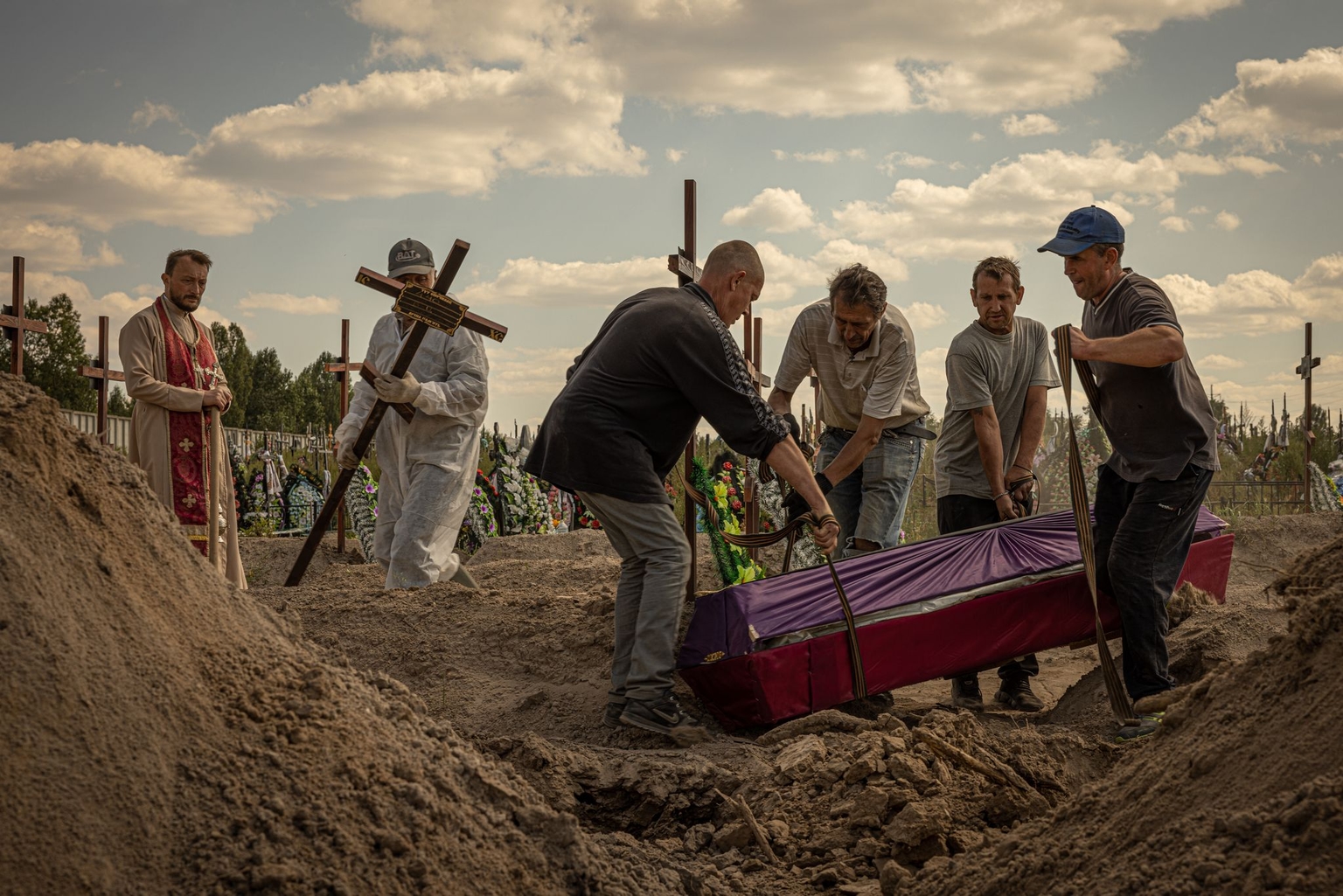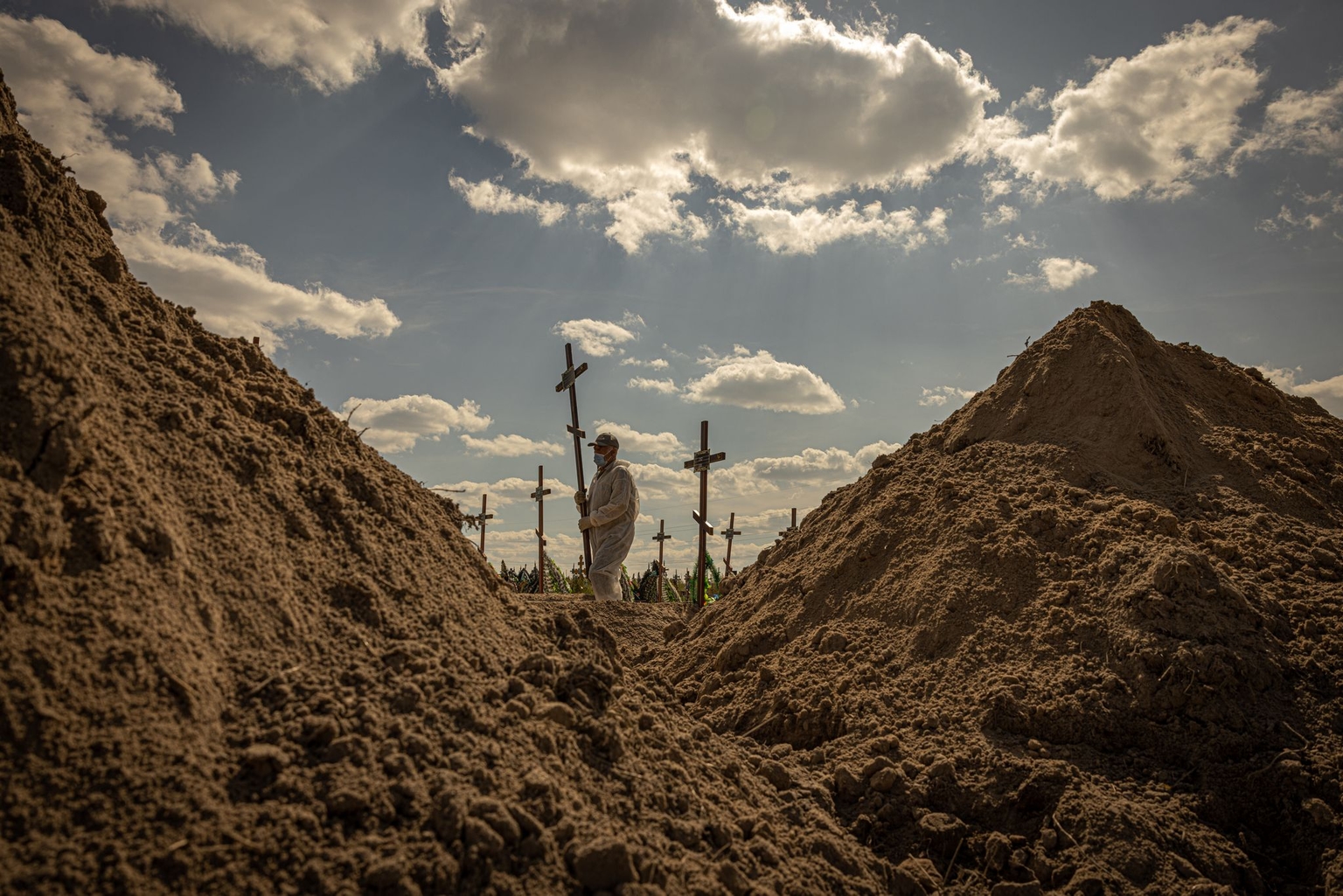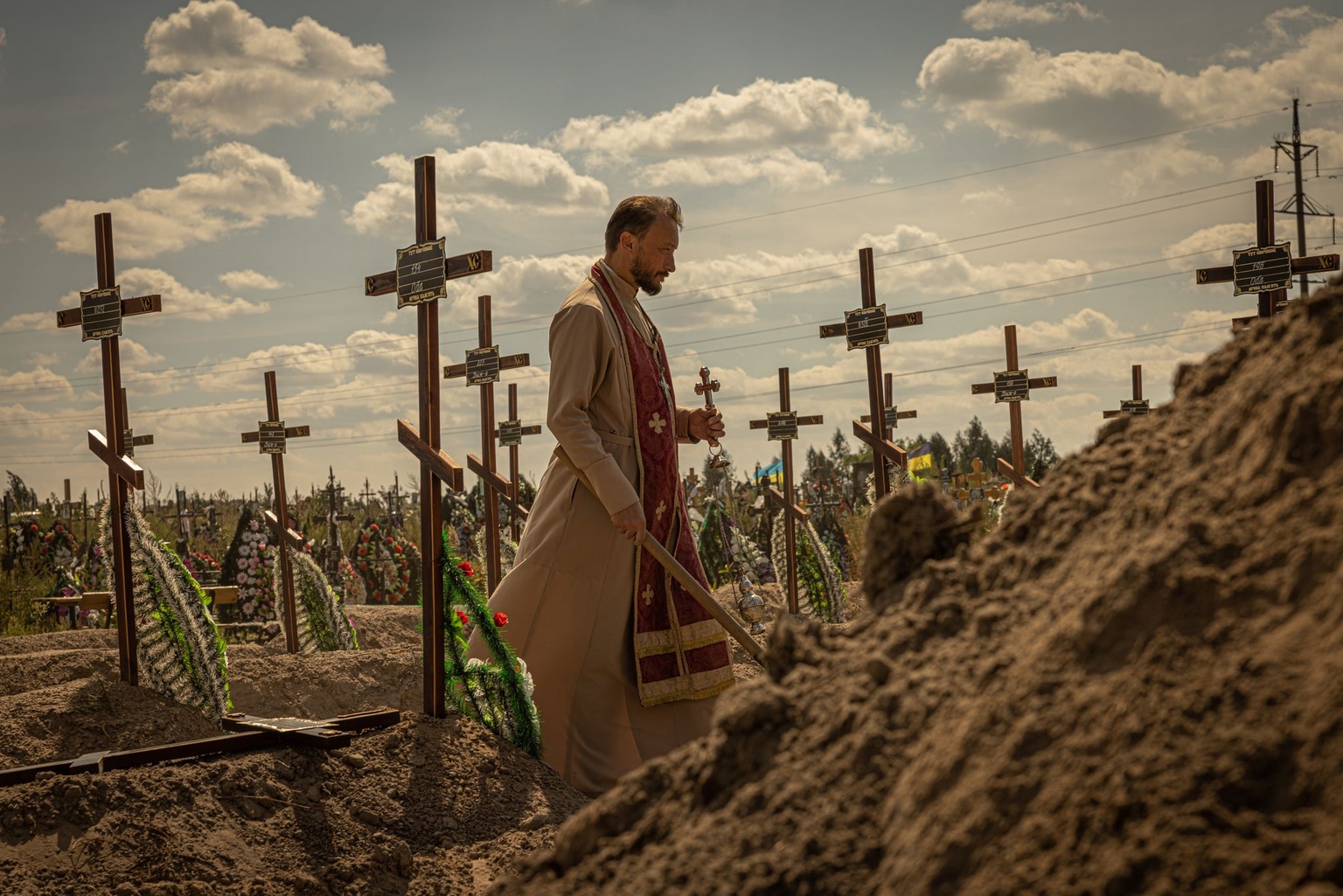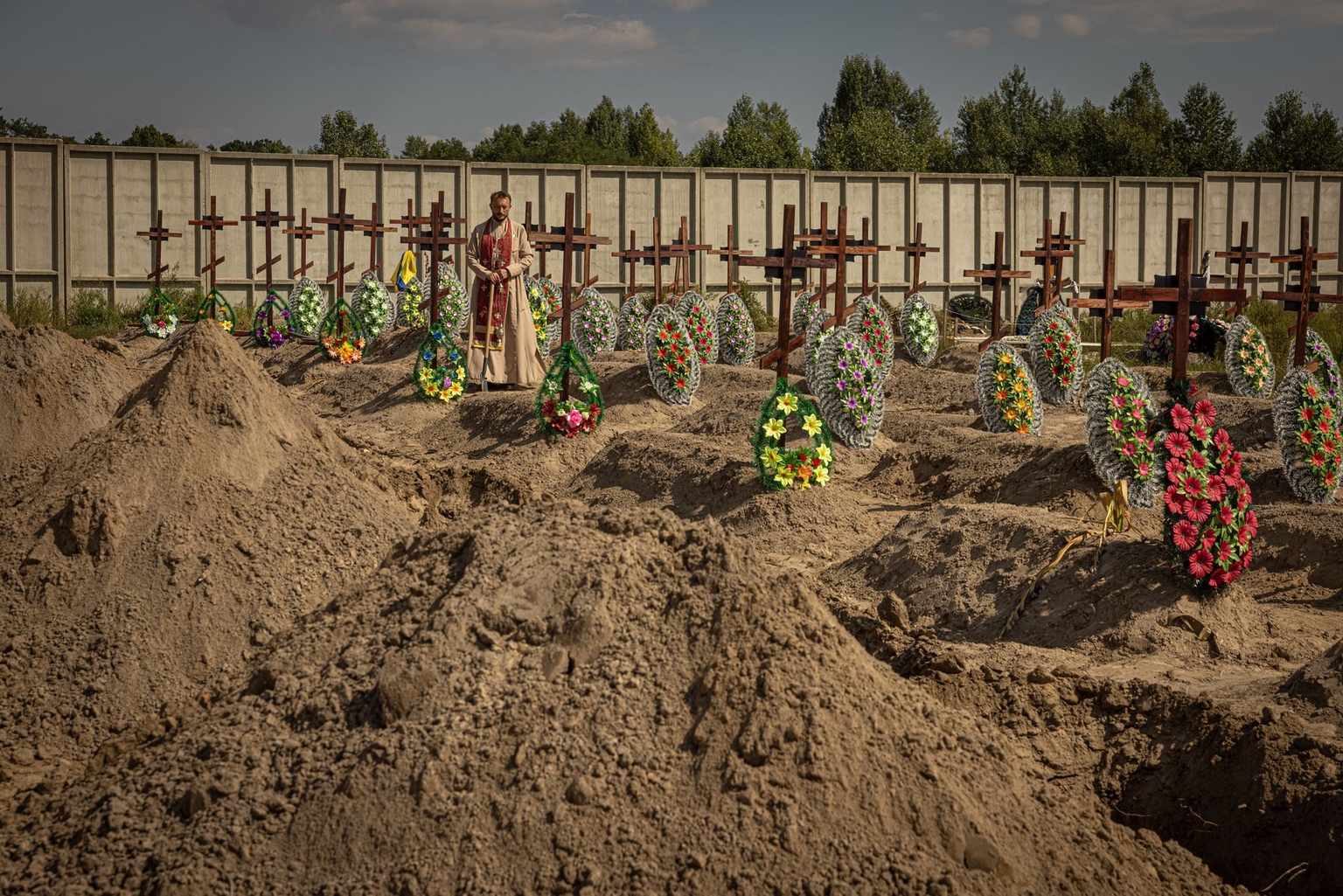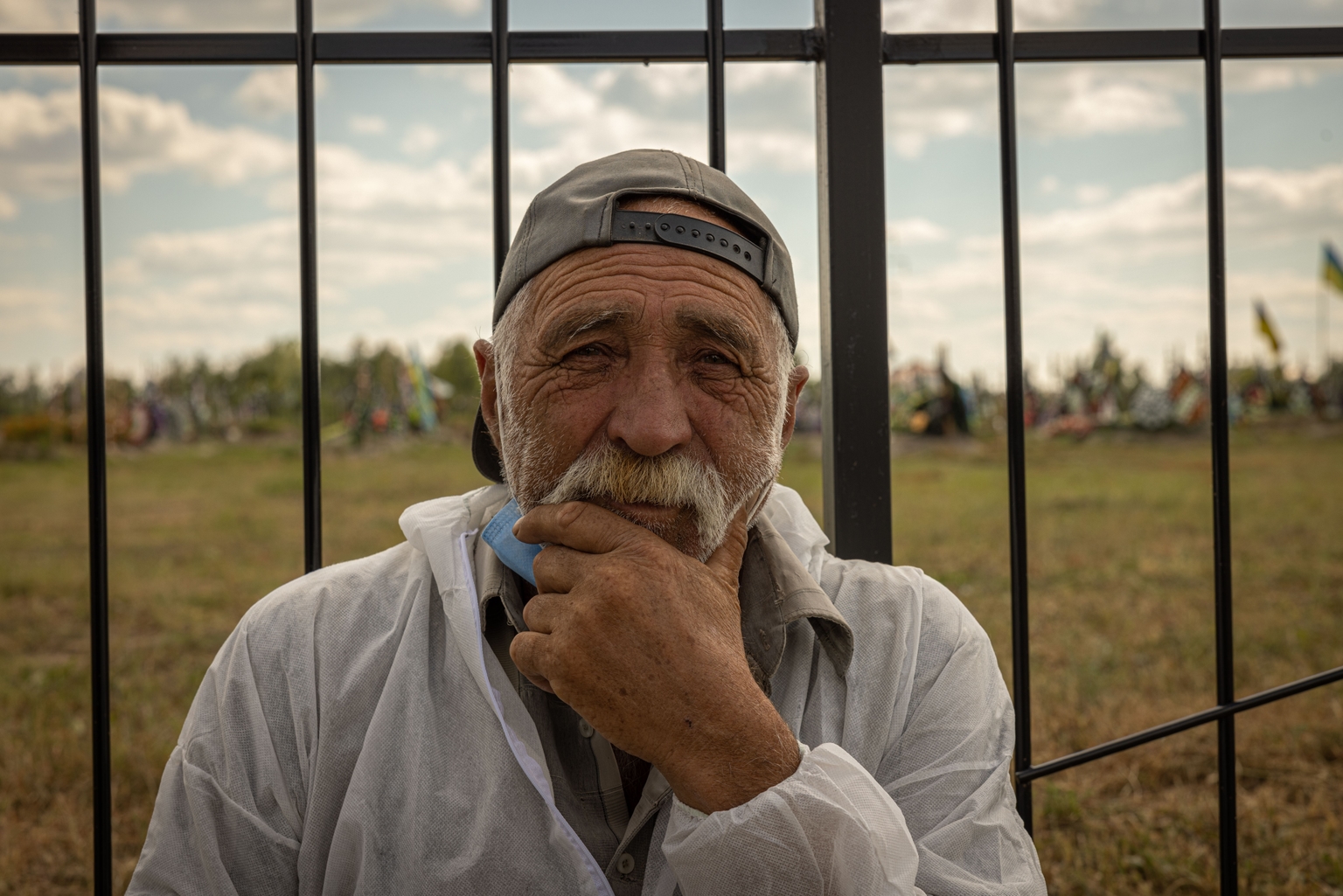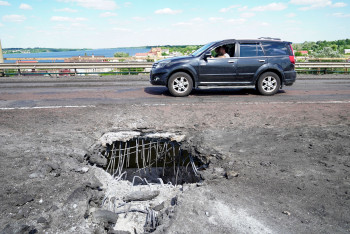Ukraine war latest: Ukraine liberates villages in south and east

Fierce battles continue as Ukrainian Armed Forces push Russians out of three villages in the east and south.
President Volodymyr Zelensky said Ukrainian forces liberated two villages in Kherson Oblast, and one village in Donetsk Oblast. Ukrainian forces have also advanced, gaining new heights.
Despite not naming the liberated villages, hours prior, a photo of Ukrainian troops raising the Ukrainian flag over Vysokopillia has made rounds across the internet. The military has also published a video of Ukrainian soldiers entering Ozerne, northeast of Sloviansk, Donetsk Oblast.
“Ukrainian flags are returning to where they belong,” Zelensky said.
As Ukraine gains more ground in the mostly occupied Kherson Oblast, Russian forces have strengthened their administrative and police regime in occupied territories around the Dnipro River, along which heavy battles are unfolding, the Institute for the Study of War (ISW), a Washington-based think tank, said.
Taking advantage of Ukraine’s operational silence surrounding its ongoing counteroffensive, the Russian Defense Ministry claimed on Sept. 2 that Ukraine’s forces can conduct a serious counteroffensive.
The ISW contradicted this claim, saying that such operations cannot succeed or fail in just a few days and it will take weeks or possibly months to see how the operation unfolds.
Russian forces continued their routine shelling across the entire Donetsk Oblast, including cities such as Avdiivka, Soledar, Bakhmut and Sivirsk, the General Staff reported on Sept. 4.
Meanwhile, uncertainty grew over Russian gas monopoly Gazprom halting delivery to Europe. After abruptly announcing an indefinite shutdown of the key Nord Stream 1 pipeline on Sept. 2, citing oil leaks, the state-owned company said the following day that Siemens is working on repairs.
As concerns rise in Europe over its dwindling energy supplies ahead of a winter season, Reuters reported on Sept. 3 that Gazprom said that it would increase shipment of gas to Europe via Ukraine but the details remain unclear.
Front line movements
Ukrainian forces continue their ambitious counteroffensive in the south, targeting strategic Russian positions to make it harder for the Russian army to reinforce its troops and military equipment.
In a briefing on Sept. 4, the Ukrainian Armed Forces’ Southern Operational Command reported that Ukrainian artillery killed 20 Russian soldiers and destroyed four military vehicles.
While these accounts couldn’t be confirmed, the ISW said that social media footage has shown evidence of “effective Ukrainian strikes in western and central Kherson Oblast,” near the Dnipro River.
In a bid to further compromise Russian logistics, Ukrainian forces may be conducting localized attacks along the front line in western Zaporizhzhia Oblast, which borders Kherson Oblast, likely to disrupt Moscow from deploying more troops, according to the ISW.
Also in Zaporizhzhia Oblast, Ukraine had once again struck an airfield “where Russians probably tried to deploy their military equipment,” exiled mayor of occupied Melitopol Ivan Fedorov said.
Anticipating developments inside the occupied territory, Deputy Prime Minister Iryna Vereshchuk once again urged the residents who remain in Kherson Oblast to flee their homes. She warned that if a proxy-staged referendum was to happen and they choose to participate in it, they could face criminal responsibility.
“I urge everyone who can to evacuate,” Vereshchuk said on Sept. 3.

Russia’s degrading war efforts
Despite the Russian Defense Ministry’s claims, Western intelligence suggests that Russian forces are experiencing combat fatigue and high casualties, U.K. intelligence said on Sept. 4.
Likely due to the lack of volunteer troops, the Kremlin has now introduced new norms where it requires Russian state companies to designate “volunteers” from among their employees, Ukraine’s General Staff reported on Sept. 3.
According to the report, the government ordered the Russian state railway company to pick up to 10,000 volunteers who are to sign a short-term military service contract, in a move that likely aims to conscript more soldiers while avoiding a general mobilization.
Meanwhile, Russia’s continuous use of Soviet S-300 air defense systems against ground targets may indicate that it’s experiencing a shortage of high-precision weapons, according to Ukraine’s General Staff.
Six months into the full-scale war, Russia has launched 3,500 missiles at targets all across Ukraine, Ukraine's Armed Forces reported on Sept. 4.
Casualties
In Donetsk Oblast, where the most intense battles continue, another four people were killed and two were wounded on Sept. 3, Governor Pavlo Kyrylenko reported.
Russian forces continued shelling Kharkiv Oblast and at least 16 houses burned down in the Bezruky village after “massive strikes,” said Vyacheslav Zadorenko, head of Kharkiv’s satellite town Derhachi.
Earlier in the day, Kharkiv Oblast Governor Oleh Syniehubov reported that Russian shelling of the region’s Chuhuivskyi District killed a 45-year-old woman. Near the city of Izium, a 64-year-old woman and a 43-year-old man were injured.
Later, two more civilians were hospitalized as a result of renewed shelling in another area.
In the northern city of Chernihiv, bordering Belarus, an accident took place at an unauthorized military exhibition of weapons on Sept. 3. A grenade launcher reportedly went off, wounding 15 people, including eight children. Four people, including two children, remain in the hospital. One child is in serious condition, according to local authorities.
Down in the southern Mykolaiv Oblast, Russian shelling had severely damaged a grain elevator in Ochakiv and burned down several thousand tons of grain, Deputy Mayor Oleksii Vaskov reported on Sept. 4.
In the town of Bucha in Kyiv Oblast, another 13 civilians killed by the Russians in March were buried on Sept. 2, Deputy Mayor Mykhailyna Skoryk-Shkarivska said.
They are the last of the 76 bodies that had been left unidentified or uncollected by their relatives.
“Today, we are finishing the burial of uncollected bodies,” Skoryk-Shkarivska said.
